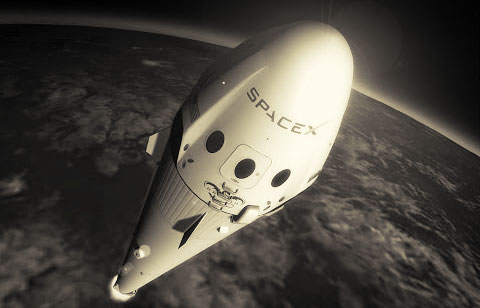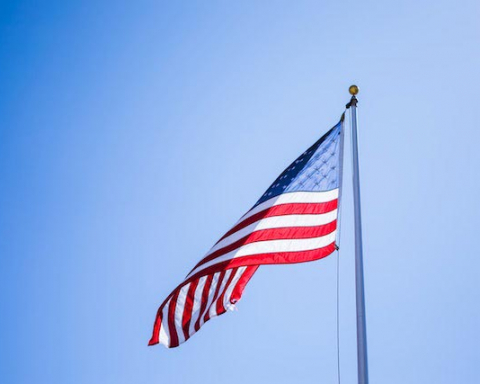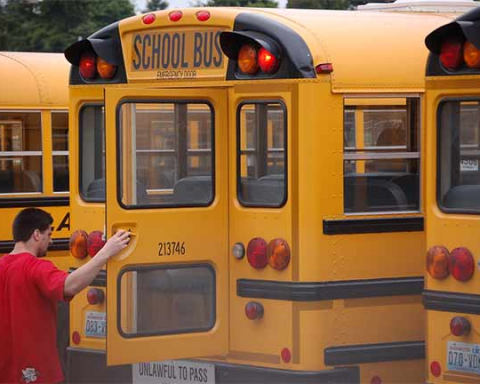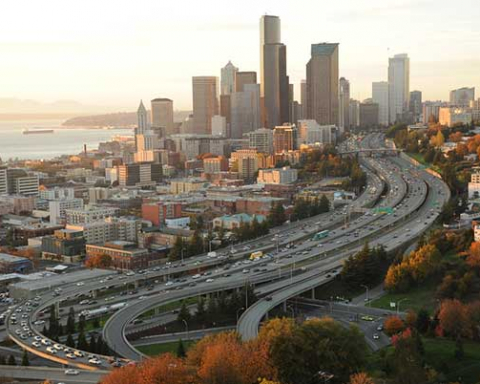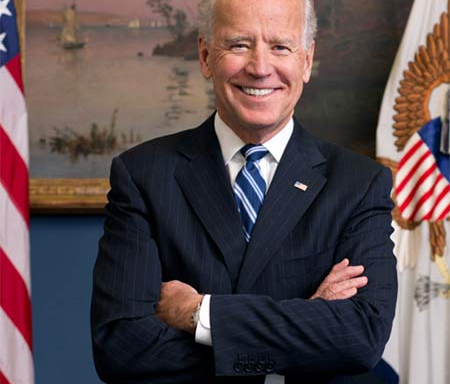SpaceX has plans to send two private citizens around the Moon. The pair approached Elon Musk and SpaceX to prepare for this trailblazing adventure. This mission presents an opportunity for humans to return to deep space for the first time in 45 years. They will travel faster and further into the Solar System than any before them.
The trip around the Moon would take roughly one week. The mission would skim the surface of the Moon, go further out into deep space, and loop back to Earth, reaching approximately 300,000 to 400,000 miles. The launch is set tentatively in 2018 with the SpaceX yet untested Falcon Heavy rocket. It will be a private mission with two paying customers. The passengers are “very serious” about the trip and have already paid a “significant deposit,” according to Musk.
The two individuals going on the trip, who weren’t named, already know each other. They will begin initial training for the trip later this year. They wanted their identities to remain private for the time being. It was also stated that neither of these space explorers are from the Hollywood realm. Musk declined to comment on the exact cost of the trip, but said it was “comparable” or a little more than the cost of a crewed mission to the International Space Station- let’s just say it’s no small price tag for a trip around the moon. These trips are costly to the individual traveling to space, but could greatly benefit SpaceX. Musk commented that regular private trips like this could significantly impact SpaceX revenue for future explorations and innovation. “There’s a market for at least one or two of these per year,” Musk said, adding that lunar flyby missions might eventually constitute 10% to 20% of SpaceX’s revenue each year.
The passengers going on this expedition know that the risks are high. Musk said the flight would be on a self-directed spacecraft that needs no astronauts on board. It would be necessary for the two paying travelers to undergo “extensive training before going on the mission.” Musk commented that Dragon is designed to be an autonomous vehicle. The space explorers would be launched from the historic Launch Complex 39A at the Kennedy Space Center late next year on SpaceX’s Dragon 2 vehicle on a Falcon Heavy rocket. That’s the same launch pad used by NASA for Apollo missions to the moon, as well as many space shuttle missions, including the last one. SpaceX flew its Falcon 9 from the KSC pad for the first time earlier in February.
NASA and SpaceX have a good working relationship. In a statement, NASA said it commends its industry partners for reaching higher. “We will work closely with SpaceX to ensure it safely meets the contractual obligations to return the launch of astronauts to US soil and continue to successfully deliver supplies to the International Space Station,” the agency said. SpaceX said that Nasa has encouraged privately crewed missions, saying that through them “long-term costs to the government decline and more flight reliability history is gained, benefiting both government and private missions.” NASA has financed much of SpaceX’s spacecraft development, and Musk said the agency has priority. If NASA wants to put its astronauts on the Falcon Heavy’s first moon flight, he said, SpaceX will comply. But the Falcon Heavy has not been through NASA’s rigorous reviews to be judged safe for astronauts.
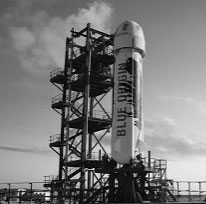
Many details about the Moon mission have yet to be made public. Mainly the names of the passengers, the reason they are so interested in going, what spacesuits and equipment will be necessary, whether the Federal Aviation Administration will give SpaceX the go-ahead, how the passengers will prepare, what emergency support and plans are in place, etc. The lack of information from this announcement has made some experts uneasy.
Chris Newman, an expert on space policy and law at the University of Sunderland in the UK, said that the aggressive timeline and budget are “extremely ambitious, and it remains to be seen if the practical difficulties associated with human spaceflight can match this ambition.” Some have expressed doubt about Musk’s aggressive timelines often falling short.
On the other hand, some experts have reacted more optimistically. Phil Larson, a former Obama administration space policy adviser and former SpaceX employee, said, “It will act as a stepping stone for the eventual human exploration of Mars, which is everyone’s ultimate goal.” Larson recognizes Musk’s timing is opportune “as a new administration grapples with their plans for NASA.” It seems that many of Musk’s goals are dependent on the upcoming decisions and favor of the new administration. “This goes to show that America’s commercial space industry is ready to go beyond Low Earth Orbit not in 10 years, but now,” he said. Dale Ketcham, chief of strategic alliances for Space Florida, said Musk’s announcement was somewhat of a surprise in the space community. “I do think most of us didn’t see it coming, but maybe we should have,” Ketcham said, referring to Musk’s reputation for innovation and challenging the status quo. Ketcham called Musk’s announcement “very exciting,” and said it will help drive competition among NASA and commercial space companies that could lead to an accelerated timeline for space exploration.
Whether you think it is a good or bad idea to send two people on a trip around the moon, it is hard to deny that the prospect is quite exciting.
You can follow Elon Musk on Instagram or his much more popular Twitter.

